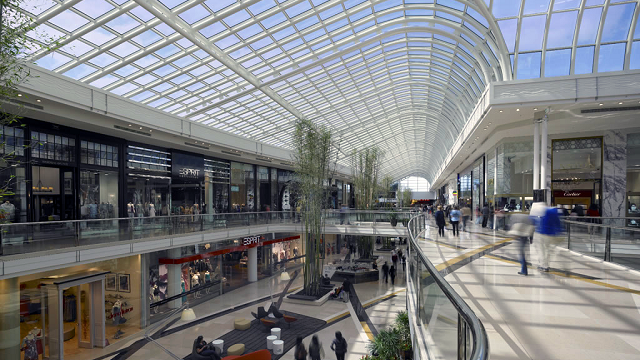
Now that restrictions have lifted, customers may be returning to shopping centres right now, but the road to recovery for physical retailers has only just begun. Many are currently revisiting their bricks-and-mortar locations, considering how profitable they actually are and about to enter negotiations with landlords.
But before you do, here are five tips to keep in mind:
1. Consider changing the terms of your lease at renewal
Most bricks-and-mortar retailers have suffered a loss of sales since the pandemic hit, resulting in rising occupancy costs, so it’s worth revisiting your lease and considering amending it. According to leasing expert George Bocska from First National Retail Leasing, some retailers commenced leases with rents that were initially too high, because they had insufficient knowledge or the expertise when initially starting out.
“They may have taken on leases that were too expensive to begin with and they need to be re-evaluated, bearing in mind the problem associated with the pandemic. There are opportunities to renegotiate that particular lease to continue or improve profitability by either obtaining a reduction, or modifying the current lease with only minimal increases,” advises George Bocska.
2. Re-consider the location of your store
Since COVID-19, both large retail groups and small businesses are now re-thinking their physical store locations. As has been much reported in the media, operators like the Accent Group and Barbeques Galore are in the midst of rightsizing their networks and are looking to leave less profitable locations and invest in regions where they can better serve customers.
3. Talk to your shopping centre about their plans
It’s worth checking in with your shopping centre and discussing with them their ideas for the future. Some questions to ask include: How does your centre plan to regenerate traffic, considering the current climate? What are their social distancing plans? How are they communicating that with both you and customers? What are they thinking of doing in terms of adjusting or amending their marketing?
4. Focus on bringing customers back in-store
E-commerce may have been the focus during March and April, but it’s clear that customers are increasingly returning to shopping centres and bricks-and-mortar stores each week. While social distancing rules still need to be adhered, it’s important to create a strategy around how to attract customers back to your store.
Some omnichannel retailers like Forever New have even created digital initiatives like Reserve In-Store, where customers can go online to reserve items that will be put on hold for them, so they can either automatically purchase them as soon as they arrive or just try them on. Click-and-collect is also a great way of giving customers the option of purchasing an item online, then coming in store to pick it up that day.
5. Speak to a professional with retail experience
One of the biggest mistakes retailers make is thinking they can enter negotiations on their own with landlords, although very few have access to all the required metrics, information, or time to achieve the best potential outcomes.
“It is the objective of all retailers who wish to remain viable and profitable to secure new leases and lease renewals to reflect current and projected economic conditions going forward. This can only be done by astute negotiations carried out by retail and leasing experts,” advises George Bocska, who has had 50 years’ experience working in the retail industry and has held management roles at Woolworths, major department stores and shopping centres.
For more information on First National Retail Leasing services, contact George Bocska on 0411 588 367 or visit our website.





